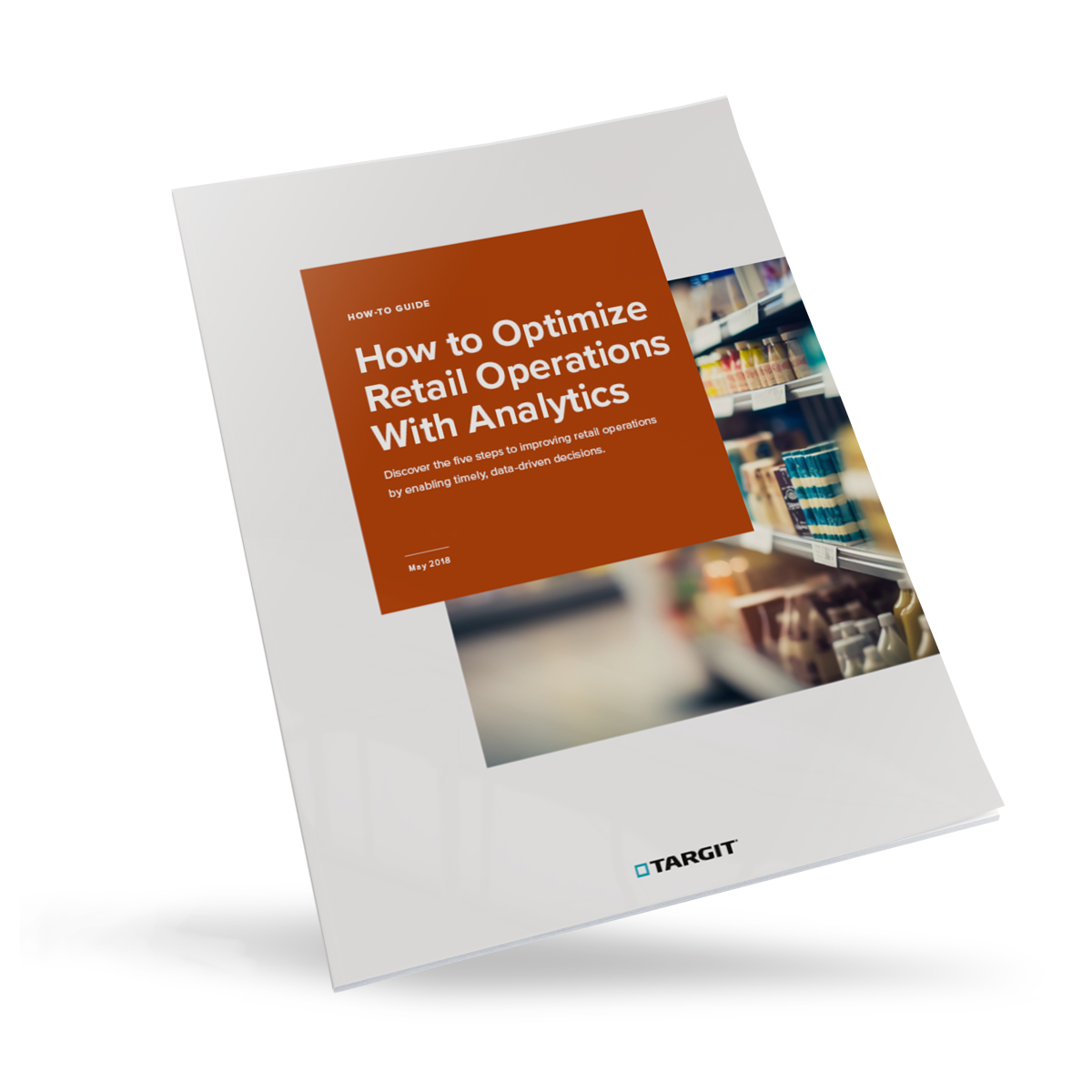- blog
- How to increase sales in retail stores TARGIT
How to increase sales in retail stores

You will experience an immediate effect on retail sales by providing an in-store information portal that empowers your retail staff to better upsell, cross-sell, and understand customer’s preferred products.
Empowered employees turn in to motivated employees, and motivated employees set higher sales goals, thus increasing your store sales.
How does an empowered staff affect my business?
Most retailers already understand the basic key metrics to drive retail sales in the stores. Metrics such as basket size (average transaction value or quantity), like for like sales benchmarking against other stores, seasonal sales trends across stock keeping units (SKUs) or categories, number of customers, and hit rate (number of sales divided by number of customers), are often being analyzed at the head office.
However, this data does not drive real value unless it is in the hands of those who can act upon it.
The possibilities are endless
Allowing your retail operations director(s), area managers, and store managers – and even store sales associates – to access and understand these metrics is what can drive more revenue. It also enables the different levels in the chain of command to have meaningful conversations based on the defined metrics.
Numbers never lie, but bad reporting can provide misleading and sometimes false information, which makes the need for a comprehensive and robust reporting solution an absolute necessity for every retail sales organization.
An in-store information portal could give store staff the ability to locate available stock in different locations right then and there, thus making sure customers are buying directly in store rather than ordering online, and in turn avoiding any missed sales opportunities while driving up the in-store revenue.
You decide which metrics are important to your retail sales operations and implement them with your custom information portal.
Insights into trends and KPIs at a glance
One organization that discovered the need for a comprehensive overview of their products and market trends was the Danish retail chain Normal. They went from a single store in 2013 to more than 220 stores across Denmark, Sweden, Norway, and The Netherlands in 2019.
At first company decision makers only had Excel spreadsheets to help them decide which products to stock, determine which were most popular, and compare performance and retail chain locations. These spreadsheets were difficult to decode, lacked detailed analyses and user-friendly data visualizations, and they could only access new data once a month.
TARGIT Decision Suite now provides detailed product analyses to employees through their in-store portals.
Our metrics are on-demand now - it creates great value for our different stores to be able to optimize on their products on an on-going basis and make improvements when necessary.
Taking ownership of the numbers
We also see a slightly improved staff turnover rate with the implementation of the information portal. Empowering your staff and providing the tools necessary that enable them to do better increases the staff loyalty. Often the addition of a retail information portal is not seen as the IT department simply introducing a new tool, but as a tool of empowerment.
Everyone who has ever worked in retail sales is likely to have heard the sentence “Sell more! Your numbers aren’t good enough,” which is probably the most useless sentence if you do not have the tools to improve. This is where the retail information portal, becomes most valuable, by providing the tools necessary for improvement.
Seeing is believing
In the background we will connect to whatever data sources required to provide your specific metrics. Whether it is POS data, footfall sensors, customer loyalty clubs, beacons, e-commerce data etc., we can connect to it.
TARGIT also provides a best-in-class governance component, which means administrators can manage data access and user rights for every report.
By combining the TARGIT InMemory Database with TARGIT Decision Suite, you can load data from various data sources quickly and economically, then you can take that data and create stunning and branded visualizations to be utilized through your new Retail Information Portal.
What's Next?




